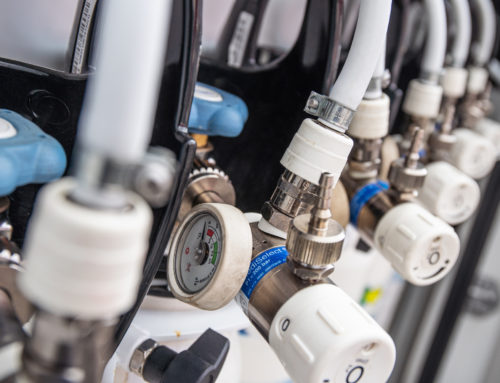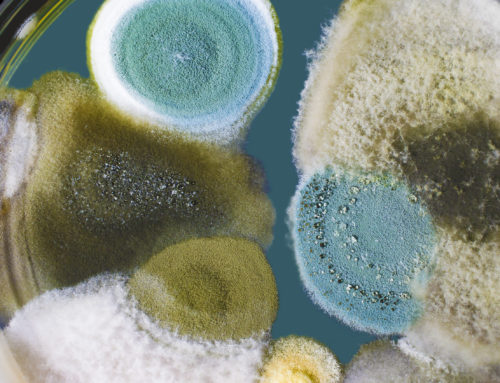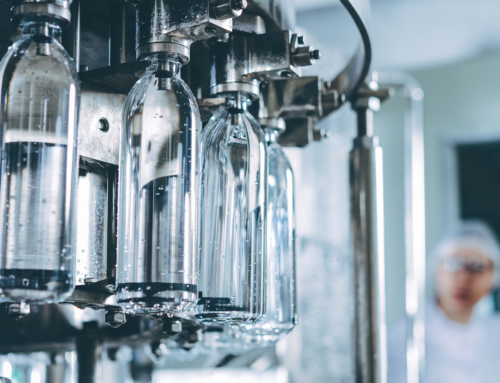This blog outlines some questions you need to consider when establishing a routine monitoring program. How you answer the following questions will vary depending on the type of monitoring you are performing. For instance, if you suspect a contamination problem may exist, your sampling plan will differ greatly from a routine monitoring program.
What Compressed Air Contaminants Do I Test?
Many organizations including SQF, BCAS, CAGI, and ISO state that the major contaminants are particles, water, oil, and micro-organisms.
From SQF Module 11, Section 11.5.7 Air Quality “Compressed air can be a source of chemical and microbiological contamination. Potential contaminants can include particulates, including dirt (microorganisms, atmospheric dirt and solid particulates, rust and pipe scales), water (water vapor, condensed liquid water and water aerosols) and oil (oil vapor, liquid oil and oil aerosols).”
Where Do I Test?
Results from air samples should be representative of the air used on your products. Try to capture samples as close as possible to the point-of-use filtration.. You need to identify any critical control points and take sufficient samples that cover all the variations in your air system (e.g. old piping versus newly installed piping, furthest distance from the compressor, facility variations, outlets where piping goes outside of a building and then re-enters the building, filtered point-of-use versus nonfiltered, etc).
How Many Compressed Air Samples Do I Take?
There are different answers depending on what you are trying to accomplish. We know that current SQF, BRC, and other certification requirements will accept one sample annually. If you want to determine if compressed air quality is in a state of control throughout the year, then certainly one sample is insufficient.
The following are sampling plans that you can use and combine to determine what is best for your company:
Percentage-Based – Pick a percentage of your outlets (25%, 33%, 50% etc.) to sample annually. We recommend sampling throughout the year to include seasonal changes, production variations, and maintenance schedules.
For example: you have 24 outlets with direct contact; you could decide on sampling 33% annually. Sample 2 outlets every quarter for a total of 8 samples for the year. Pick 8 different outlets the following year. After the 3rd year, you will have sampled 100% of the outlets and will have gathered valuable information that you can use to make an educated decision on a monitoring plan that works for your operation.
Maintenance Based – Take samples before and immediately after filter changes (include compressor and point-of-use filter changes). Also, sample after any major changes to the compressor or distribution piping.
The purpose of this strategy is to help you…
A. Ensure that air quality is in a state of control
B. Confirm that filters are being changed at appropriate intervals for your production levels
C. Ensure that major changes to your system did not negatively affect air quality
The Maintenance Based strategy can also be combined with the Percentage-Based sampling plan.
Minimal Based – Take three or four samples; one as close to compressor filtration as possible, one at the furthest point from compressor filtration, and then one or two somewhere in between. You can review results to see if there is any degradation of air quality the further you get from the main filtration. This will also take into consideration possible piping contamination.
Single Test – Take one sample from a critical control point. Select a different point-of-use each time you sample. Taking one sample is a good first step and will satisfy current minimum requirements for GFSI-required certification audits.
How Often Should I Test The Compressed Air?
Annually – If your goal is simply to comply with GFSI certification requirements – test at least one sample annually.
Semi-Annually – From BCAS’s Food & Beverage Best Practice Guideline 102, they recommend semi-annual testing of your compressed air system.
Quarterly –A trend analysis can provide useful information on the state of compressed air quality at various times throughout the year. By noting filter changes, compressor maintenance (both routine and emergency), and sampling dates you can track the quality of your compressed air by outlet or product line.
What Limits Do I Use?
This is by far the most difficult and frequent question we get asked.
The Food and Drug Administration (FDA) and GFSI certification schemes like SQF, BRC, PrimusGFS, and others do not provide specific air quality limits. They all state in generic terms that manufacturers must guarantee that compressed air cannot contaminate the final product.
The burden of determining acceptable levels for compressed air quality for any given product ultimately falls on the manufacturer. We recommend doing a risk assessment as outlined in this article from Compressed Air Best Practices, to better understand your air system’s capabilities and what purity classes your system can meet.
To see examples of Purity Class applications click here.
We caution you not to rush to establish corporate limits until you have sufficient data points and knowledge on how your compressed air system performs throughout the entire year.
ISO 8573-1:2010 is a common language available to the food manufacturer, compressed air system supplier, and testing laboratory. ISO 8573 purity classes serve as the foundation for compressed air monitoring to meet GFSI certification requirements.
From SQF Module 11, Section 11.5.7 Air Quality Industry Standards of Reference: For general compressed air quality standards within a food plant, ISO 8573-1 standards are a very good reference. These standards provide a good baseline for quantifying compressed air quality relative to moisture, oil content (carryover from the compressor), as well as general particulate contamination.”
BCAS’s Food & Beverage Best Practice Guideline 102 recommends: Compressed air coming into direct contact with food/beverage should meet or exceed ISO 8573-1:2010 [2:2:1]. If the contact is incidental or indirect then it should meet ISO 8573-1:2010 [2:4:2].
For more information about how to designate ISO 8573-1 Purity Classes click here.










